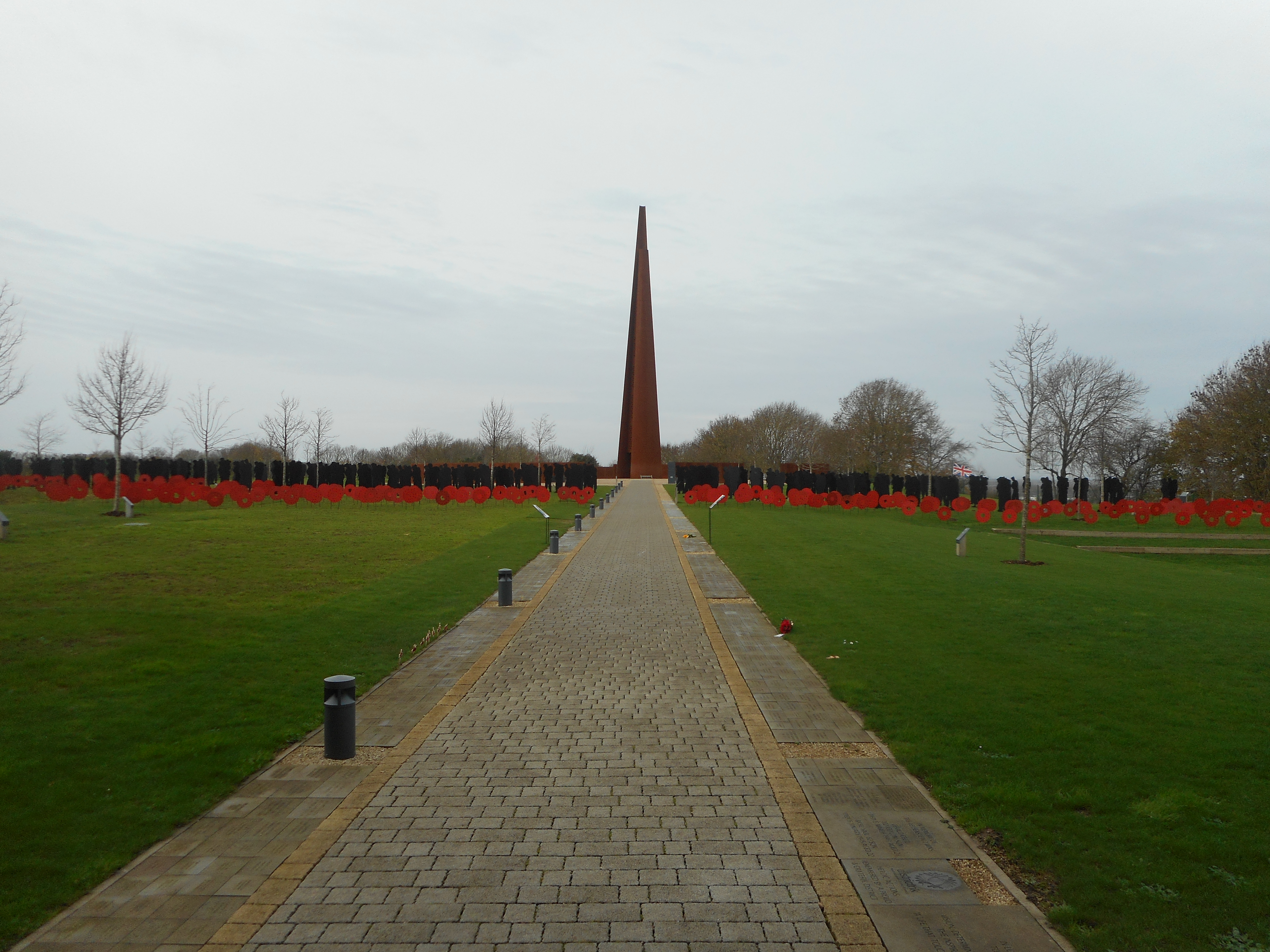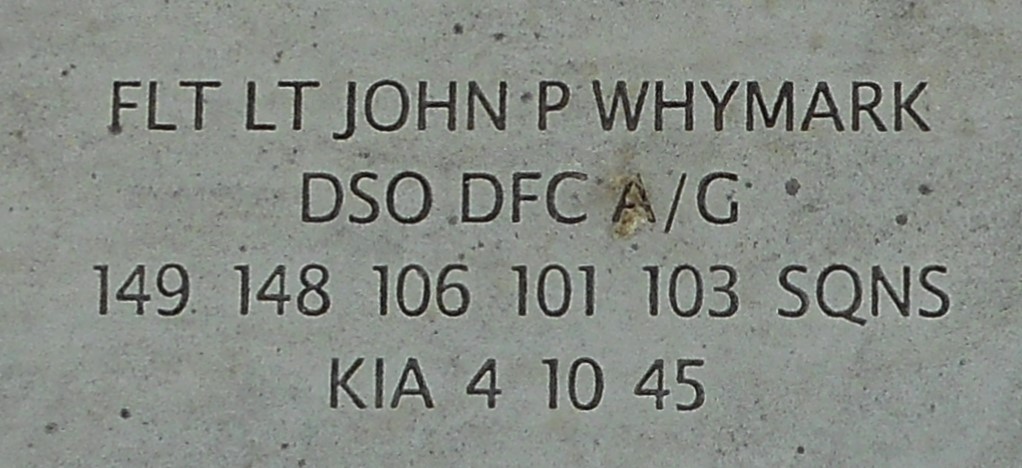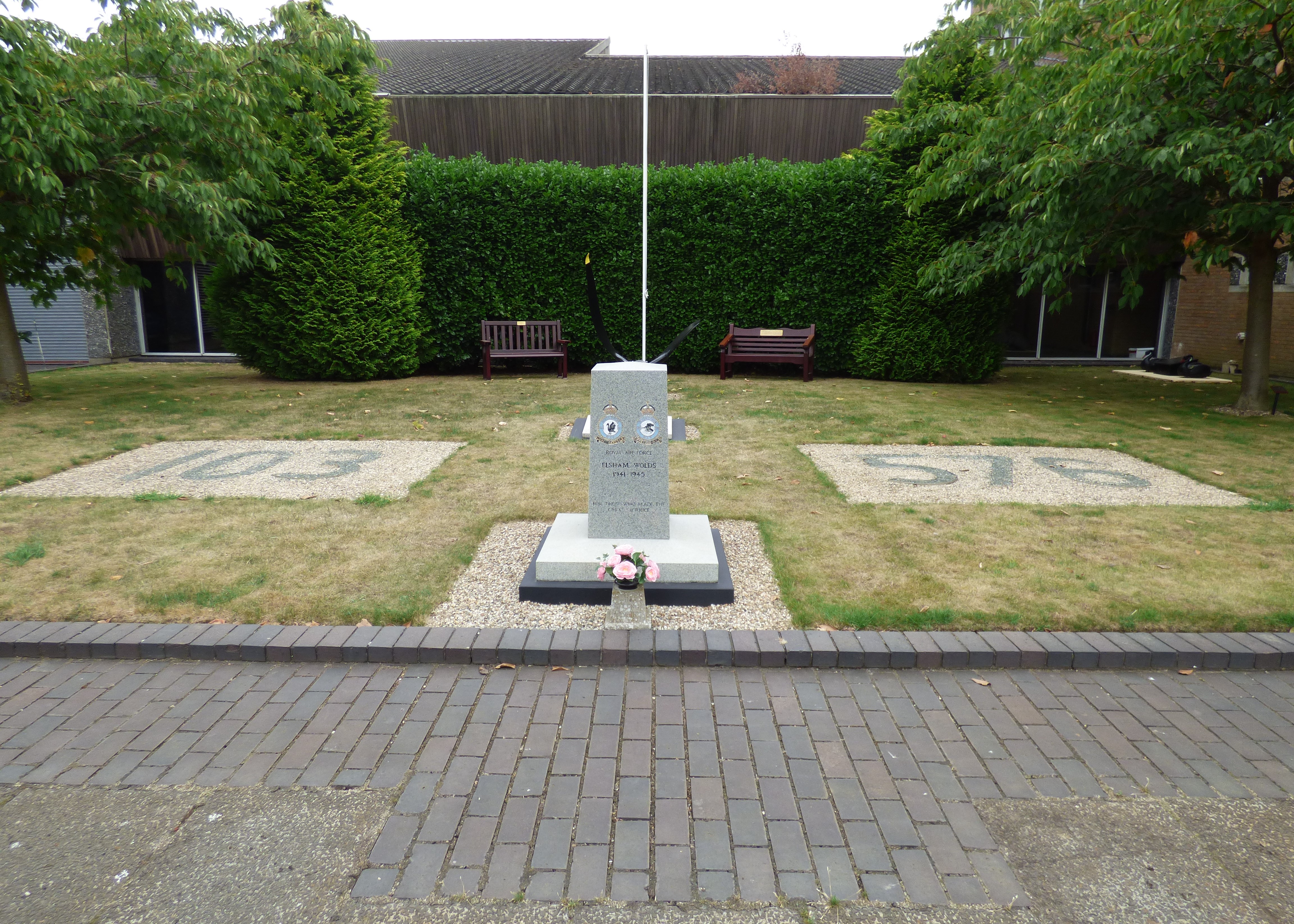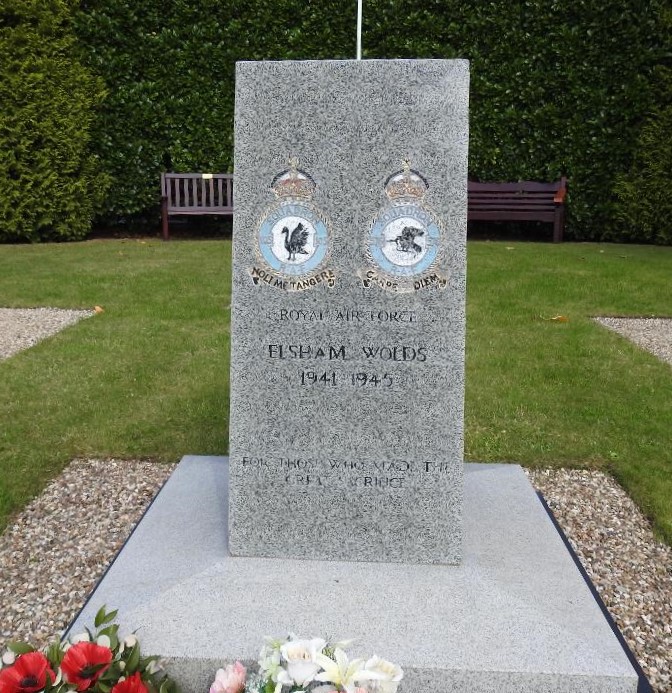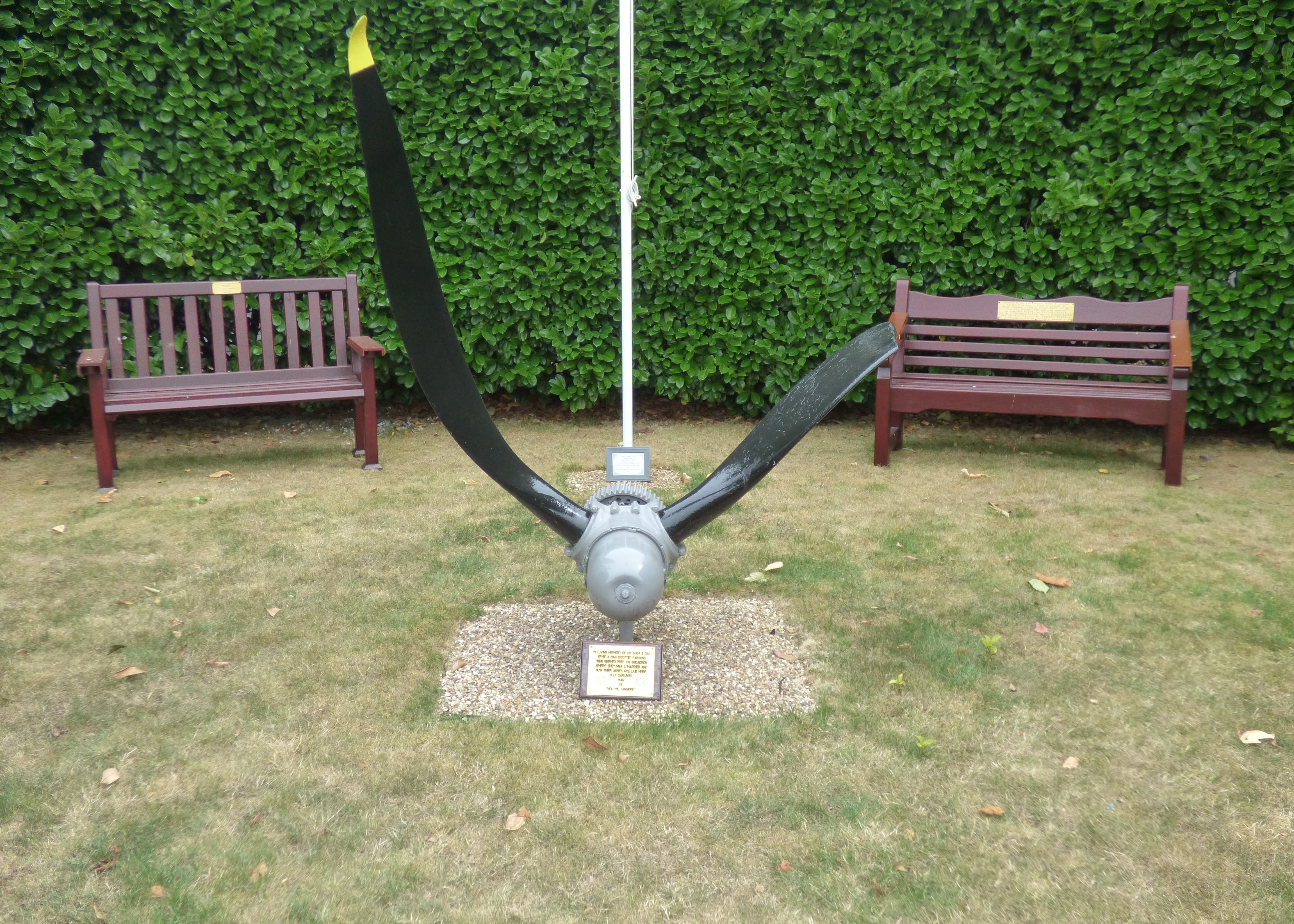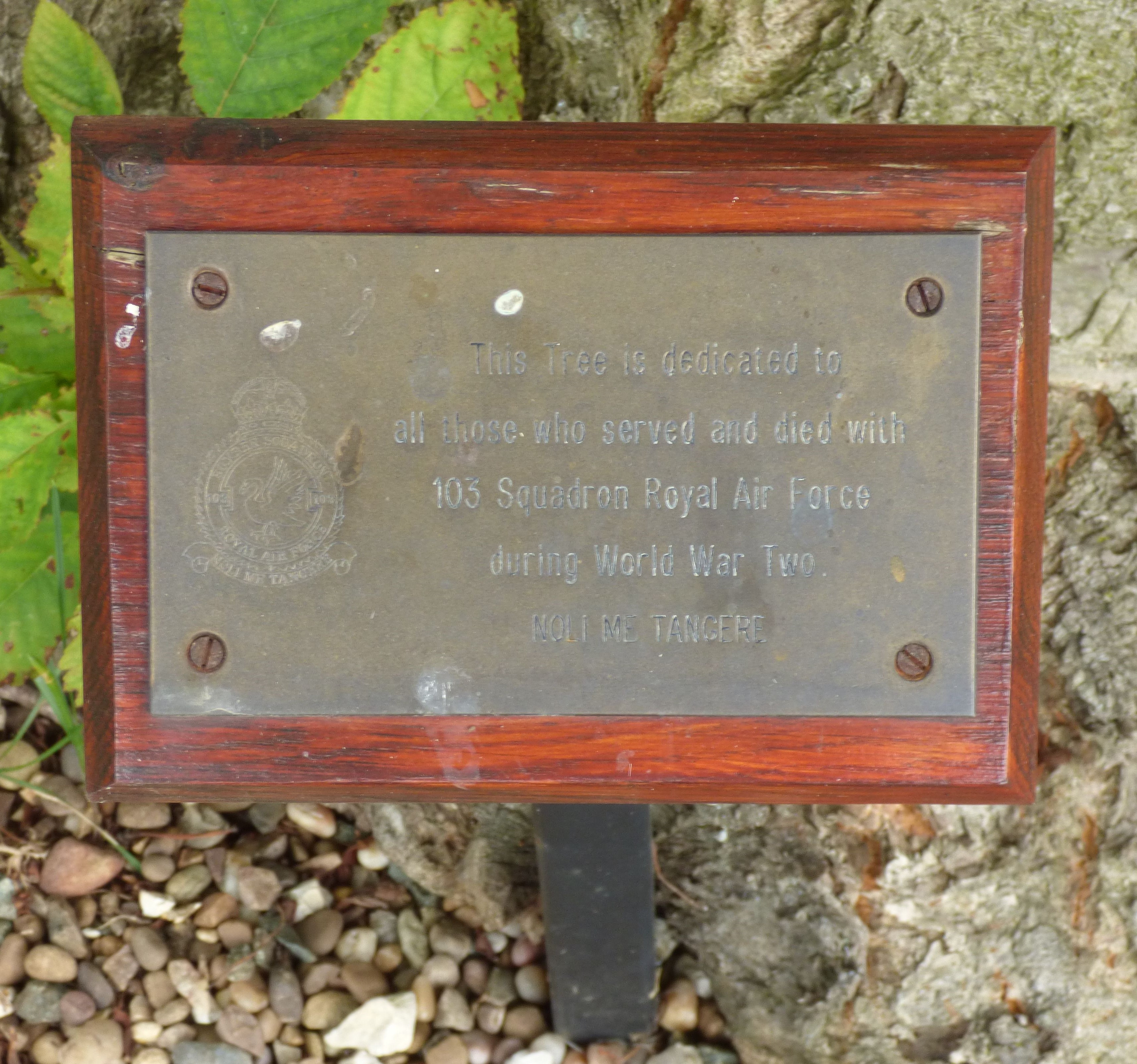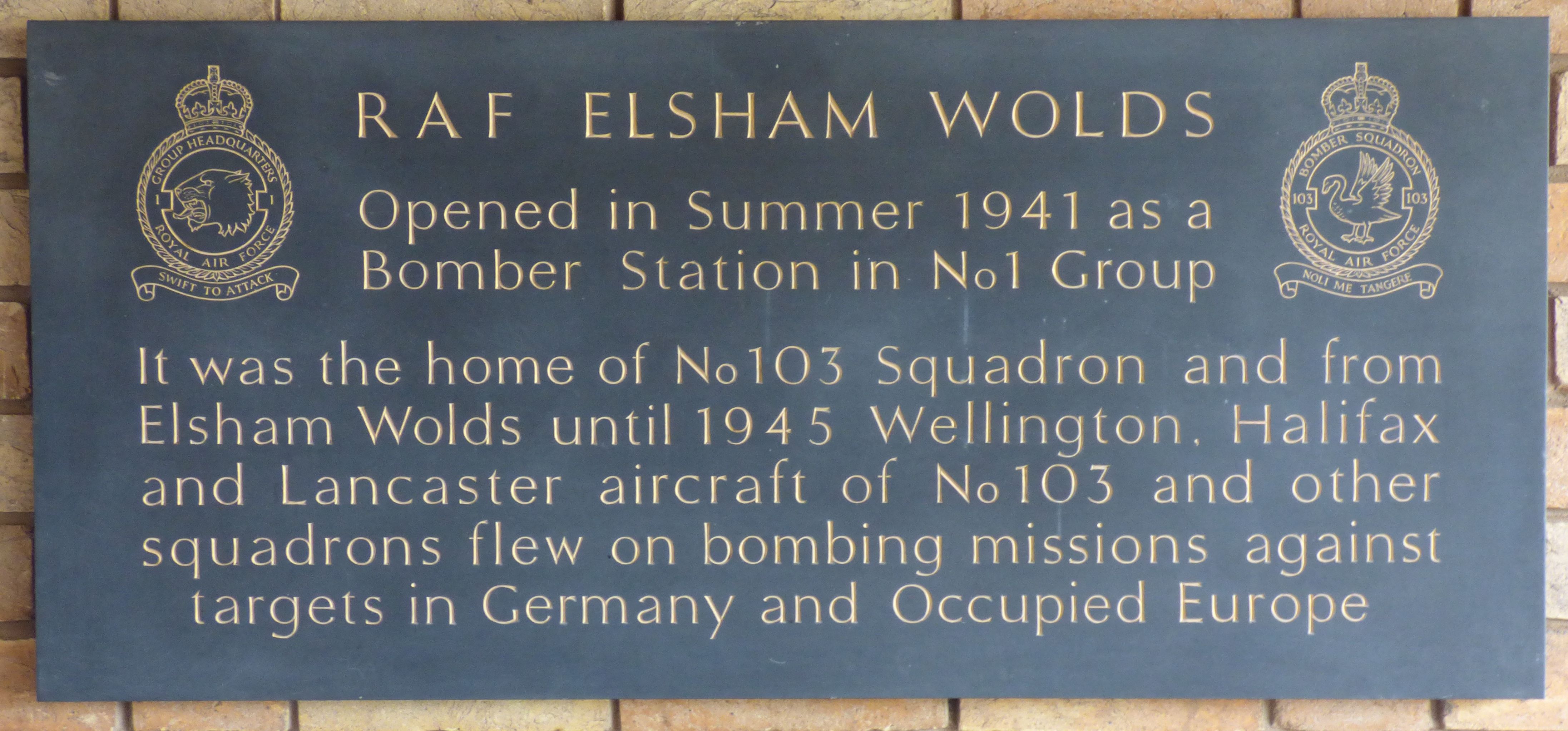| Enlisted in October 1938 as an aircraft mechanic (17 Squadron on Hurricanes). Remustered as an air gunner after the fall of France. His first tour was on Wellingtons split between RAF Mildenhall and North Africa/Malta. He completed 39 ops on this tour. His second tour was as mid-upper gunner on Lancasters with 101 Squadron at Ludford Magna. The last op of his second tour was on the night his son Robert was born. After a Gunnery Leader's course he volunteered for a third tour and was posted to RAF Elsham Wolds where he flew with many different crews, often problematic ones. Despite efforts by the AoC to ground him, he carried on flying until the end of the war and beyond, into Operation Dodge, his last operation. The crew picked up 17 ATS and 2 nurses from RAF Glatton/ Conington near Peterborough and flew into electrical storms around Marseilles where other crews saw the aircraft explode as it hit the sea.
Completed at least 95 ops, although his logbook only showed 79 'official' sorties. |
| DSO citation: "Since the award of the D.F.C. in June, 1944, this officer has been employed as gunnery leader of his squadron. In this capacity he has done excellent work both in the air and on the ground. On his first tour this officer participated in attacks on Benghazi, Taranto and Tripoli. During this time his aircraft was involved in two serious crashes whilst returning to base after being damaged by enemy action. Fit. Lt. Whymark has also operated to Western Europe. His missions have included attacks on Frankfurt, Stuttgart, Chemnitz, Munich, Berlin and Essen. Fit Lt Whymark has at all times displayed skill and determination while on operations." |
| After the incident, several relatives of those involved placed adverts in the national newspapers appealing for any information on the event. One such advert was answered by Eileen Whymark, the widow of the F/L John Whymark. Her letter was passed to Warrant Officer Basil Henderson, the finecé of L/Cpl May Mann, who was also lost when PA278 crashed. The two of them then exchanged letters and when WO Henderson returned to UK in 1946 they met up and were subsequently married. They had two sons alongside Eileen’s first son (Robert) from her 1st marriage to F/L Whymark. |
